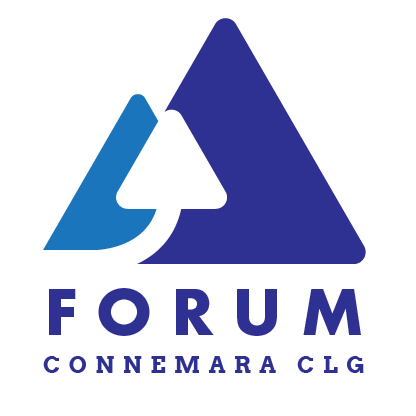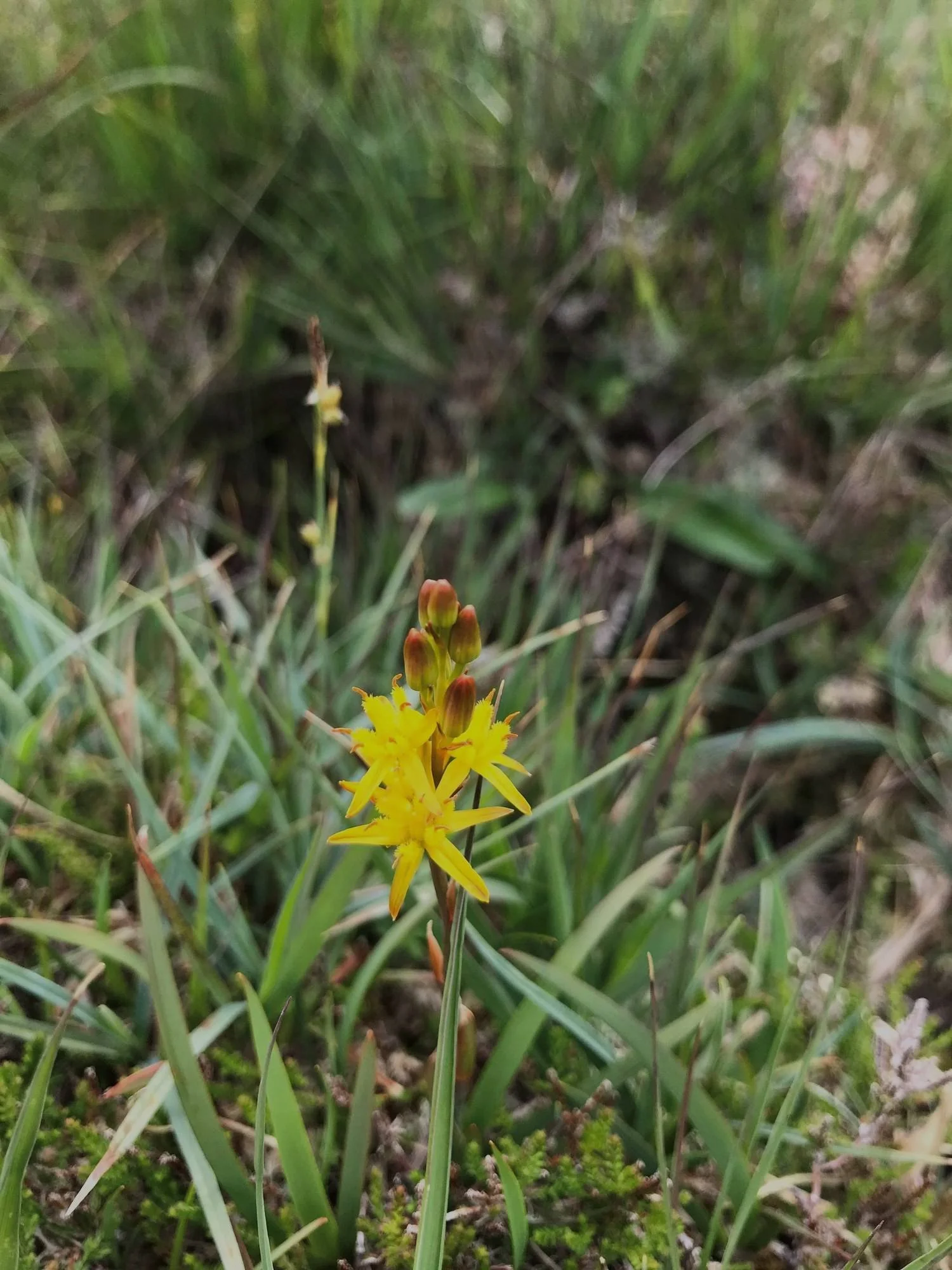The Dúlra Project.
Dúlra, which translates as "Nature" in Irish, aims to address the serious issue of controlling the spread of Rhododendron Ponticum in the ecologically sensitive areas along the Mayo and Galway border.
Rhododendron, an invasive species, poses a significant threat to the delicate balance of the local ecosystem in areas of Mayo and Connemara. While its vibrant pink flowers may seem picturesque, this non-native plant has rapidly spread and outcompeted native vegetation, leading to a decline in biodiversity and the loss of habitat for native wildlife.
The Dúlra project initially came about as a collaboration between FORUM Connemara’s Agri-EIP, the North Connemara Locally Led Agri-Environmental (NCLLAES) Scheme and the Leenane Development Association who have been working on addressing this issue in the Leenane area.
The areas the project team will be moving into in Sept / Oct are shown in the map below.
We are currently looking for landowners in Cregganbaun/Althore, Mayo and Fermoyle/Seanadh Phéistín in Galway (see below for details of public meetings)
Rhododendron Control in Mayo - Cregganbaun/Althore section of Mweelrea/Sheeffry/Erriff Complex SAC
The Dúlra project has expanded its efforts to control the invasive species Rhododendron Ponticum into South Mayo.
If you live in the Cregganbaun/Althore area of South Mayo and own land within the area shown on the map below, the Dúlra team would like to hear from you. Landowners, including those on commonages, are invited to attend a public meeting on 30th Sept from 7pm to 8pm at Killeen Community Centre, Cloonlara, Killeen, Louisburgh, Ireland, F28TX65 to learn how the Dúlra team can assist in managing and eradicating this invasive plant on their properties. Your participation is crucial for the success of this initiative, and we look forward to collaborating with you to protect and restore our local ecosystems.
Please email dulra@forumconnemara.ie stating your address and folio number or simply come along to the public meeting to register your interest.
This map shows roughly the area we are looking for landowners in Cregganbaun/Althore.
Rhododendron Control in South Connemara
The Dúlra project has expanded its efforts to control the invasive species Rhododendron Ponticum into South Connemara.
If you live in the Fermoyle/ Seanadh Phéistín area of South Connemara and own land within the area shown on the map below, the Dúlra team would like to hear from you. Landowners, including those on commonages, are invited to attend a public meeting on 7th October from 7:30pm to 8:30pm at Rossaveal Community Hall, Rosamhíl, Derroogh South, Co. Galway, to learn how the Dúlra team can assist in managing and eradicating this invasive plant on their properties. Your participation is crucial for the success of this initiative, and we look forward to collaborating with you to protect and restore our local ecosystems.
Please email dulra@forumconnemara.ie stating your address and folio number or simply come along to the public meeting to register your interest.
This map shows roughly the area we are looking for landowners in Fermoyle/ Seanadh Phéistín.
-
Dúlra's approach to tackling the rhododendron problem involves a stem herbicide application, as advised by the National Parks and Wildlife Service (NPWS) as well as awareness campaigns. The project emphasises a collaborative approach, working closely with local landowners, volunteers, and relevant authorities to maximize the impact of their efforts.
Dúlra's initial focus in tackling the spread of rhododendron was in the Erriff area in Mayo, where the encroachment of rhododendrons had reached critical levels.
The project's dedicated team of ten professionals, had been actively collaborating with farmers to control rhododendron growth in the Connemara farmlands as part of FORUM’s NCLLAES scheme. Their extensive skills and experience have been instrumental in mitigating the threat posed by this invasive species. As part of the Dúlra project, the team has shifted their efforts towards the areas surrounding Letterfrack and they have also collaborated with farmers to identify areas in South Connemara that they hope to address in late summer. These regions have also experienced a rapid encroachment of rhododendrons, threatening the local flora and fauna. By expanding their operations, the Dúlra team hopes to effectively manage and control the spread of this invasive species, protecting the natural beauty and biodiversity of the region. -
FORUM Connemara's Dúlra Project Provided Training for the Connemara Community in Environmental Management.
FORUM Connemara CLG was pleased to offer a unique opportunity for locals in the Connemara area to receive free training in various Environmental Management skills. These skills, such as Fencing, Chainsaw use and Pesticide / Herbicide use are key skills for those, specialising in the control of invasive species and environmental restoration.
We are very thankful to Údarás na Gaeltachta and the Wild Atlantic Nature LIFE IP for the funding to provide these training places to the people of Connemara.
The training was run during the month of February and the training is free of charge to 70 successful applicants.
Prospective training candidates were invited to submit their interest and the Closing Date for Applications to participate in the training program was 31st January at 12:00pm. Please note that, due to a limited number of available training places, not all applicants were allocated a training space.
Thank you to all who applied - we had 85 applications and are delighted to say that 70 people were trained across Moyard, Maam, Recess, Inverin and Rosmuc.
This training increased the local skillset needed to tackle invasive species and ensures there is a workforce available locally should further roles in Environmental management come up.
-
For further information, please contact FORUM Connemara at 095-41116 or email
s.grimes@forumconnemara.ie or r.gannon@forumconnemara.ie
Our Funders
FORUM Connemara CLG would like to extend its gratitude for the funding provided by the National Parks and Wildlife (NPWS) and the support from the Wild Atlantic Nature LIFE IP, an EU-funded LIFE Integrated Project, as well as the continued support from the local community, landowners, and volunteers. The success of the Dúlra project relies on the collective effort of all stakeholders committed to preserving the natural heritage of this unique landscape.
For further information on the scheme please contact - 095 41116
Sinéad Grimes, Project Manager
Roisin Gannon, Project Facilitator
Dermot Flaherty, Project Co-ordinator










